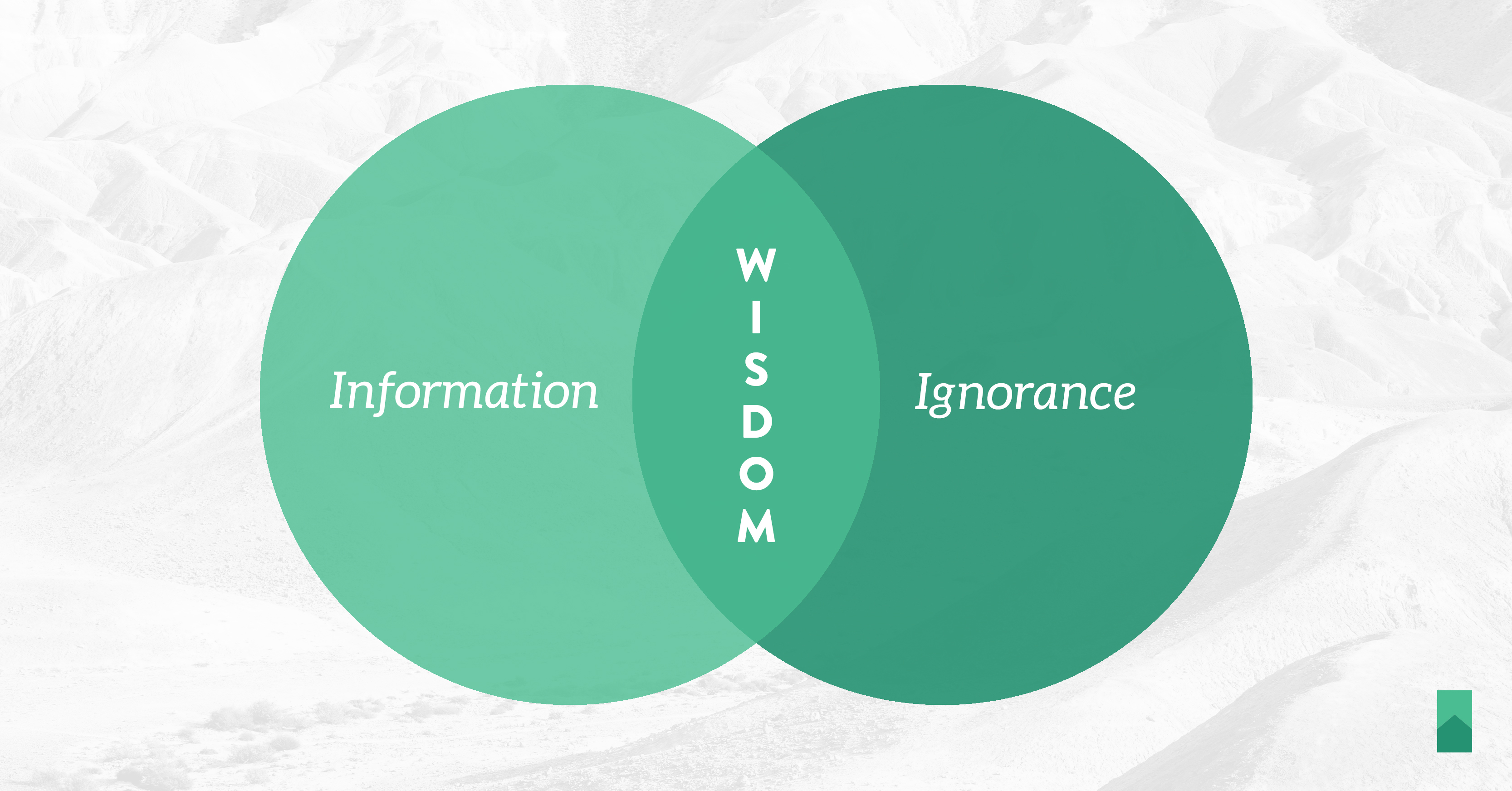Ignorance is Wisdom

We all make hundreds of decisions every day. Most of them are small, some of them are big. Many of us try very hard to focus on the most important things, so we’ll make good decisions.
But what if focusing on important things isn’t the best way to perceive what is important? There’s evidence that ignoring unimportant things is a more effective way to see the important ones. According to a study at Johns Hopkins University the art of ignoring things is a learnable skill.
The researchers found that people can train their brains to selectively ignore competing stimuli. With practice, people became better at recognizing letter shapes against a complicated background, as in the example in the articled linked above; a sort of glorified Where’s Waldo?game.
What Does This Have to Do with Anything?
Well, it has something to do with everything. If your task is to set a strategic direction for a corporation, you have to perceive what is important in the market and what isn’t. If your task is to choose a process improvement approach for your company, you have to perceive what is important in the organization and what isn’t. If your task is to prioritize a Product Backlog, you have to perceive which backlog items are important and which aren’t. If you have to refactor a piece of code without slowing the pace of delivery, you have to perceive which code smells are worth addressing and which aren’t.
Those in our line of work are acutely aware that many people are very busy carefully building the wrong things, as well as maintaining systems and adhering to practices that no longer add value. What accounts for that pattern?
When people can’t pick out the important things from a complicated mass of alternatives, all of which are competing for attention, they tend to look for models, methods, and metrics to provide more information about the situation. The more, the better. If the Johns Hopkins result is valid, then people are only worsening the problem when they do this. They are already overwhelmed in the attempt to process too much input. Now they add input from models, methods, and metrics that may or may not be relevant to the decision they have to make. They keep adding things that are not Waldo to the picture. It becomes harder, not easier, to perceive what is important and what isn’t.
Of course, we need information to make decisions. But we don’t need complete, comprehensive, proven information. We don’t have time for that. We have to be able to make choices based on incomplete information while under time pressure. That’s true whether we’re choosing a five-year strategic direction for a corporation of 100,000 people, or deciding whether to spend two minutes doing an extract class refactoring on a chunk of source code. If we train our brains to suppress irrelevant stimuli, we’ll quickly perceive what is important to the decision at hand.
Taking this line of reasoning further, it seems we want to have the right information to make decisions, rather than all possible information. It could be very useful to cultivate the skill of discarding information that isn’t pertinent to the decision. That skill could help us choose the models, methods, and metrics we really need, rather than piling on everything we can find in hopes the answer will be somewhere in the pile.
Conclusion
Maybe the best way to perceive what is important is to ignore everything in the picture that isn’t Waldo. The Johns Hopkins team has determined the brain is built to do that. It has to be trained, but the machinery is already installed. Why not use it?
